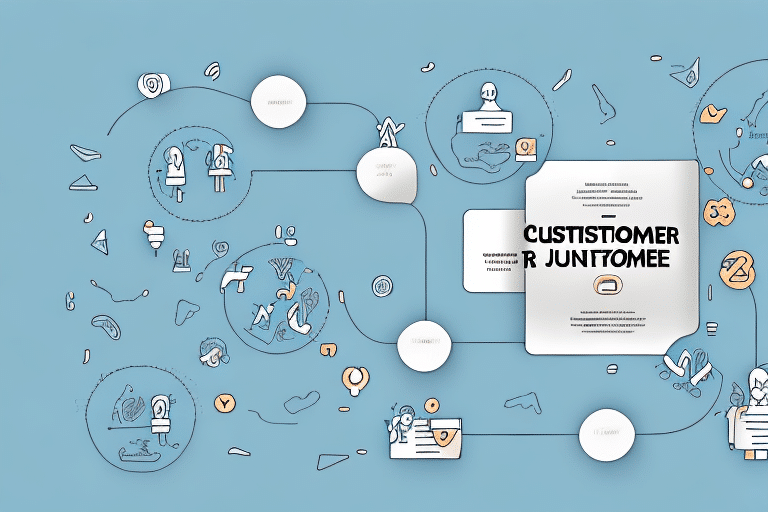Importance of Customer Retention for Business Success
In today’s competitive business landscape, customer retention is a critical factor for sustainable growth. According to a study by Bain & Company, increasing customer retention rates by just 5% can lead to a profit increase of 25% to 95%. Retaining existing customers is not only more cost-effective than acquiring new ones but also fosters brand loyalty and enhances overall business reputation.
Loyal customers are more likely to make repeat purchases, spend more per transaction, and refer others, creating a positive word-of-mouth effect. Moreover, they provide valuable feedback that can guide product development and service improvements, ensuring that businesses stay aligned with customer needs and preferences.
Leveraging Power BI for Enhanced Customer Retention
Power BI is a robust business intelligence tool developed by Microsoft that enables businesses to analyze and visualize data seamlessly. By harnessing Power BI’s advanced analytics capabilities, businesses can gain deep insights into customer behavior, preferences, and trends, which are essential for effective retention strategies.
Power BI integrates with various data sources, including CRM systems, social media platforms, and website analytics, providing a unified view of customer interactions. This integration allows businesses to track and analyze customer journeys comprehensively, identifying key touchpoints that influence loyalty and retention.
Key Benefits of Using Power BI for Customer Retention
- Personalized Customer Experiences: Power BI enables businesses to segment customers based on behavior and preferences, facilitating tailored marketing and personalized offers that resonate with individual needs.
- Predictive Analytics: Utilizing machine learning algorithms, Power BI can forecast customer behavior, helping businesses anticipate churn and proactively address potential issues.
- Valuable Customer Insights: By identifying high-value customers, businesses can focus retention efforts on segments that contribute most to revenue and long-term growth.
- Real-Time Data Monitoring: Power BI’s real-time dashboards allow businesses to monitor key performance indicators (KPIs) related to customer satisfaction and engagement, enabling swift decision-making.
Implementing Power BI to Analyze Customer Behavior
To effectively use Power BI for customer retention, businesses should follow a structured approach:
- Data Collection: Gather data from various sources such as CRM systems, social media, and sales records. Ensure data quality and consistency for accurate analysis.
- Data Integration: Use Power BI’s integration capabilities to consolidate data into a centralized repository, providing a holistic view of customer interactions.
- Data Visualization: Create interactive dashboards and reports that highlight key metrics like customer lifetime value, churn rates, and engagement levels.
- Insight Generation: Analyze visualizations to identify trends, patterns, and anomalies that inform retention strategies.
- Strategy Development: Develop targeted retention initiatives based on insights, such as personalized marketing campaigns or loyalty programs.
Best Practices for Customer Retention with Power BI
Addressing Customer Needs and Preferences
Utilize Power BI to identify common customer pain points and preferences. This information can guide product enhancements and service optimizations that directly address customer needs.
Monitoring and Measuring Effectiveness
Set up KPIs within Power BI to track the success of retention strategies. Regularly review these metrics to assess performance and make data-driven adjustments as necessary.
Avoiding Common Pitfalls
Ensure comprehensive data integration and avoid relying solely on isolated data sources. Additionally, regularly update retention strategies based on evolving customer insights to maintain their effectiveness.
Case Studies: Success Stories with Power BI
Retail Industry
A leading retail company implemented Power BI to analyze customer feedback and purchase patterns. By identifying and addressing issues in the checkout process, they achieved a 25% increase in customer satisfaction, leading to higher retention rates.
Telecommunications Sector
A telecommunications provider utilized Power BI to monitor customer usage and satisfaction. Identifying widespread complaints about slow internet speeds, they upgraded their infrastructure, resulting in a 20% decrease in customer churn.
Future Trends in Customer Retention and Power BI’s Role
The future of customer retention lies in leveraging personalized and predictive strategies. With Power BI’s evolving capabilities, businesses can anticipate customer needs through advanced analytics and machine learning. Staying ahead of these trends ensures that businesses can provide exceptional customer experiences, fostering loyalty and sustaining growth.
In conclusion, integrating Power BI into customer retention strategies empowers businesses with actionable insights, enabling them to retain valuable customers and drive long-term success.






















